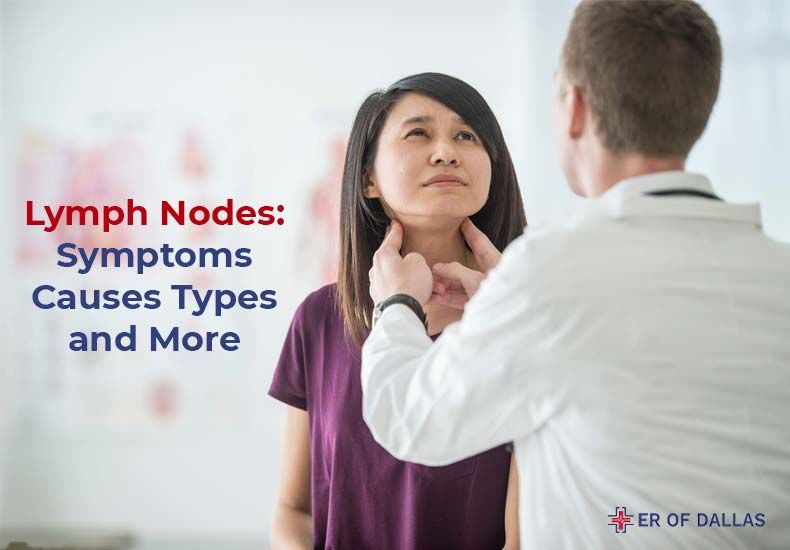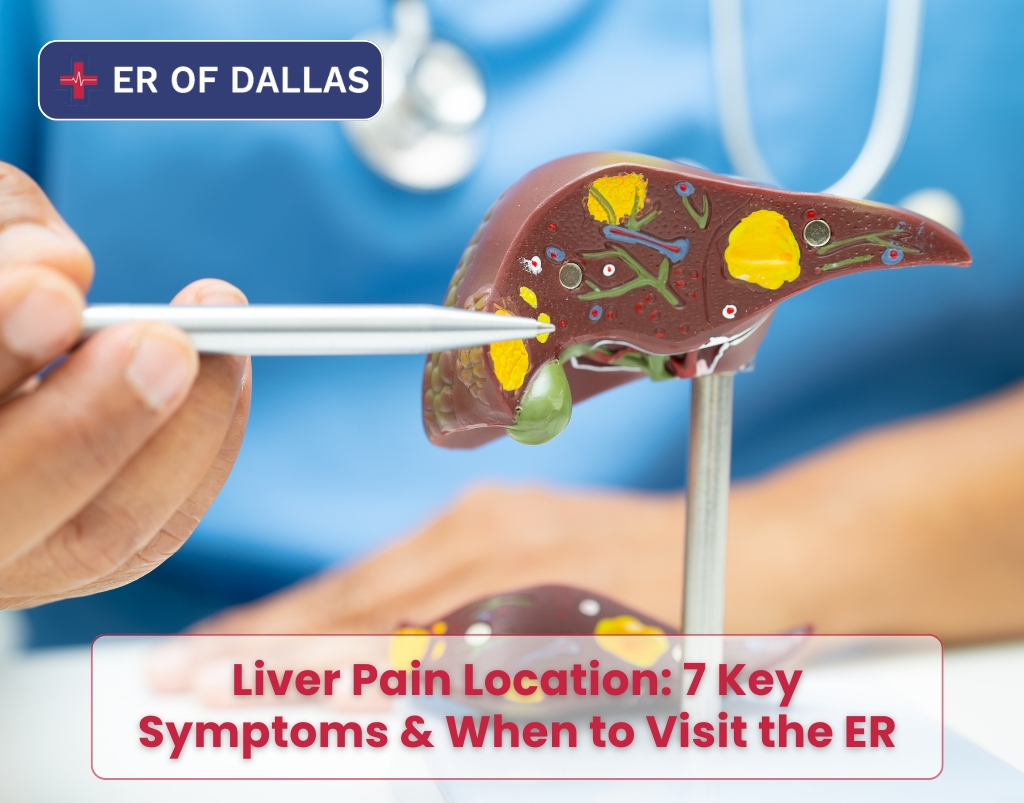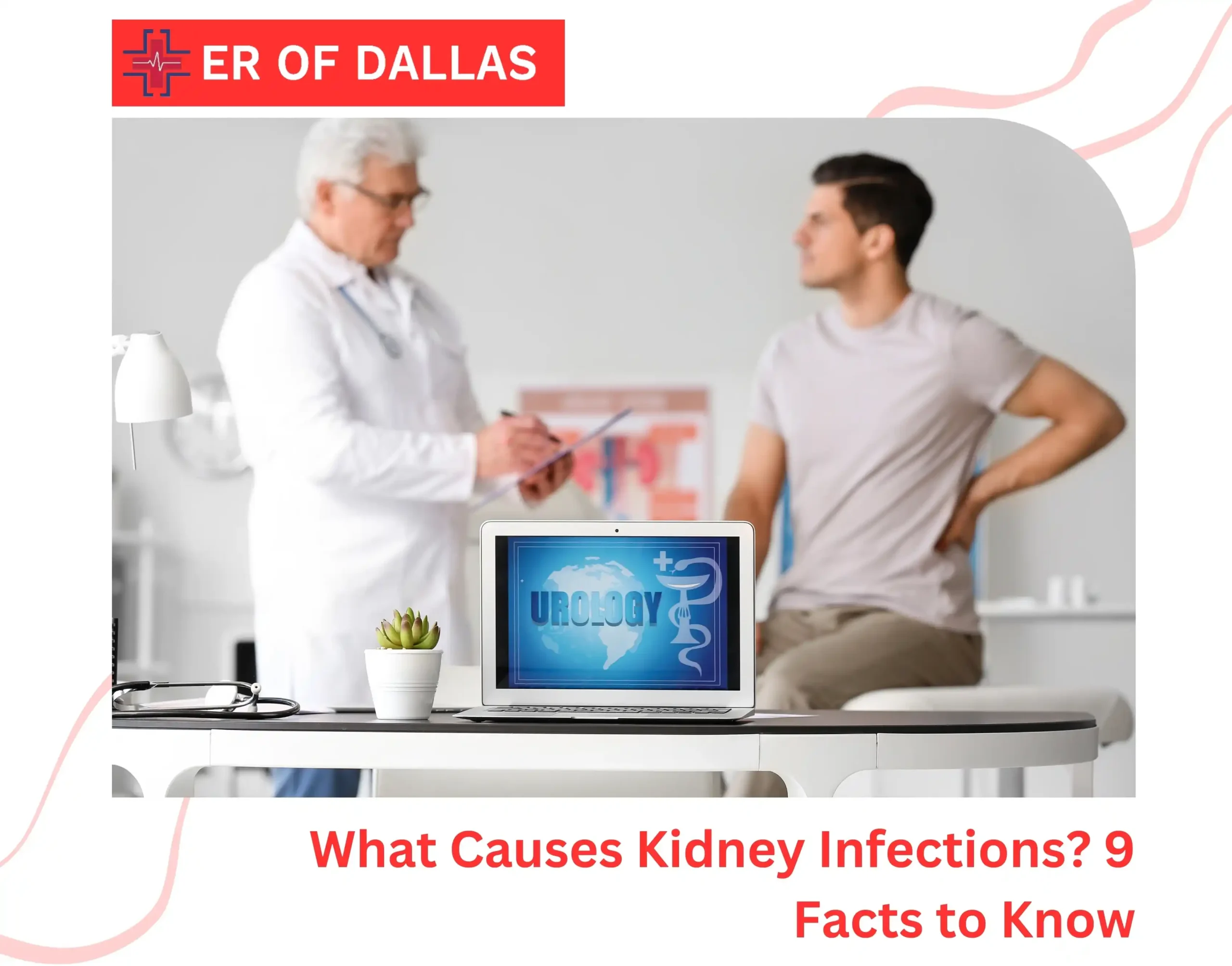There are hundreds of lymph nodes in the body. Clusters of them arise all over the body, with the neck, groin, and armpits and behind the ears being especially noticeable. They eliminate waste items and assist the body get rid of germs by filtering lymphatic fluid.
Waste materials from the body’s tissues and cells are disposed of in lymphatic fluid, which lymph nodes subsequently filter. They pick up viruses and germs during this process that could damage the rest of the body.
An integral component of the immune system of the body is the lymph nodes. They are exposed to toxins because of their function, which may cause them to enlarge. Even though enlarged lymph nodes are frequent, they can also occasionally be a sign of lymphoma or lymph node cancer.
To find out more about lymph nodes and how the immune system uses them, continue reading.
What Are Lymph Nodes?
Analogous to blood vessels, the lymphatic system is made up of channels located throughout the body. The clear fluid that travels through the lymphatic system is filtered by tiny glands called lymph nodes.
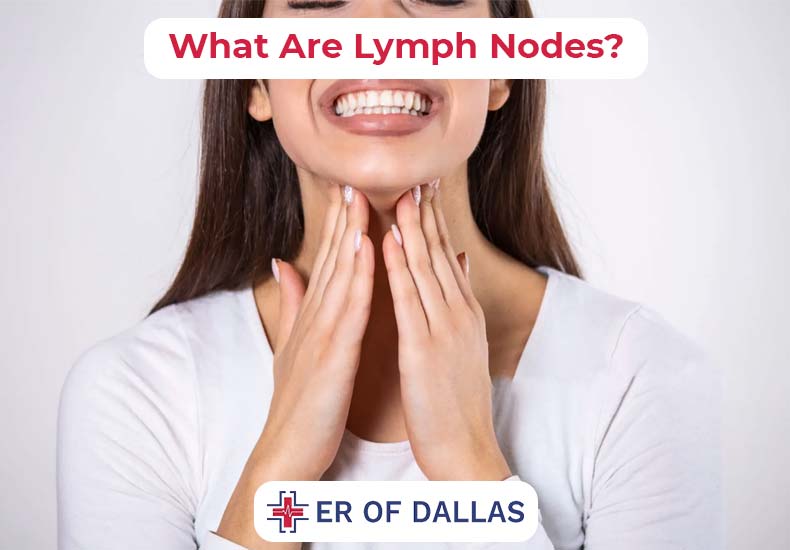
The body is covered with lymph nodes. They are present beneath the skin in a variety of places, such as:
- Beneath the armpits
- Beside the groin on both sides
- Beneath the jaw
- On both sides of the neck
- Higher than the collarbone
White blood cells, which are in charge of eliminating invasive germs, are kept in lymph nodes. They function as a checkpoint as well. The lymph nodes recognize and block the passage of germs, viruses, and aberrant or sick cells through the lymph channels.
The lymph nodes gather waste, such as germs and diseased or dead cells, when they are infected or sick.
Structure of Lymph Nodes
Small, bean-shaped structures that are a component of the lymphatic system are called lymph nodes. The body’s network of organs and vessels known as the lymphatic system works to separate and destroy foreign substances that pose a threat to the body.
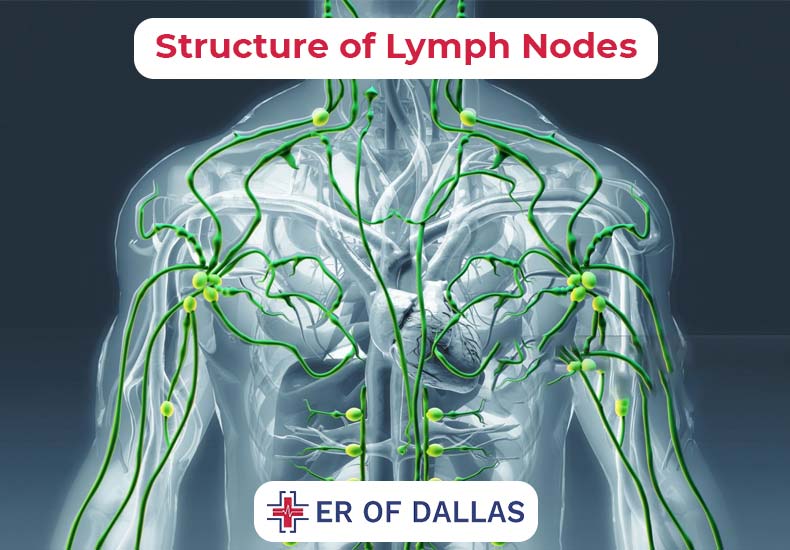
The spleen, tonsils, thymus gland, and bone marrow make up the system in addition to lymph nodes, lymphatic tubes, and lymphatic fluid (lymph).
The diameter of lymph nodes can range from a few millimeters to two centimeters. Approximately 600 can be found all over the body, with the armpit, groin, and neck having the highest concentration.
What Do Lymph Nodes Do?
Clusters of lymph nodes from all across the body. Their primary job is to remove contaminants that could be dangerous.
To get rid of waste, lymph, or lymphatic fluid, is excreted by all body tissues and cells. After passing through lymph nodes for filtering, the lymph next moves through lymphatic system channels.
The main job of lymph nodes is to filter lymphatic fluid to separate and eliminate foreign invaders that can lead to illness or infection. To achieve this, lymph nodes are home to specialized white blood cells known as lymphocytes, which trigger the immune system in many ways:
- Antibodies produced by B lymphocytes (B cells) aid in the fight against external invaders.
- T lymphocytes, or T cells, eliminate cells that have been taken over by cancer or an infectious disease.
Inflammation is a defensive reaction brought on by immune system activation. Blood arteries dilate (widen) as a result of inflammation, enabling larger immune cells to reach the infection site. Additionally, it produces heat, which aids in harming and destroying the intruder.
What Are The Benefits of Lymph Nodes For Other Body Systems?
Your lymph nodes are closely associated with two bodily systems, namely:
- Lymphatic system: The lymphatic system is a component of your immune system that helps your body fight off foreign invaders that can make you sick, keeps your body’s fluid levels stable, absorbs fats and nutrients, and gets rid of waste from your cells.
- Immune system: To stop infections, illnesses, and diseases, your immune system defends your body against outside invaders like bacteria and viruses. You remain healthy because of your immune system.
As a filter for the fluid that flows through your cells and tissues, lymph nodes clean up and get rid of lymphatic fluid waste and invaders that cause illness, while holding onto the components of your lymphatic fluid that keep you healthy.
What Do Lymph Nodes Look Like?
Lymph nodes resemble budding kidney beans, with lymphatic channels—the tubes that transport lymphatic fluid throughout the body—representing the sprouts. Blood arteries lead into each node. The lymph node is divided into rooms by a big open space in the middle called the cortex, and it has a protective outer coat called the capsule, which resembles a shell on a bean. These rooms are filled with lymphatic fluid, which is filtered as it passes through the lymphatic channels and into the nodes.
How to Check For Swollen Lymph Nodes
The body’s lymph nodes are arranged in deliberate clusters. Some are easily felt because they are close to the skin’s surface (e.g., in the armpit or groin, behind the ear, or under the jaw). Others are not easily felt since they are situated far within the body, as in the chest and abdomen.
Severe lymphadenopathy may result in firm lumps ranging in size from one to three inches. Those that are close to the surface could seem heated, red, and sensitive to touch. Certain ones, particularly those behind the ear that may compress the Eustachian tube and surrounding structures, can be extremely painful.
Not all enlarged lymph nodes, though, hurt or are obvious. If the illness is limited or very minor, you may discover the swollen lump by accident while taking a shower.
This also applies to some chronic diseases, such as HIV, which can result in low-grade inflammation that lasts for a long time. Finding one in the neck or under the armpit without any other symptoms is not unusual.
Types and Locations Of Lymph Nodes
The body is covered in clusters of lymph nodes at strategic points. These are the mediastinum (the space between the lungs that houses all of the main organs of the chest), upper abdomen, neck, groin, and armpits.
It is common to feel swollen lymph nodes in the groin, neck, and armpits. The presence of those in the mediastinum and upper abdomen might only be detected by imaging procedures like an ultrasound or computed tomography (CT) scan.

There are variations in the types and locations of lymph nodes.
Axillary Lymph Nodes
The lymph nodes in the armpit are called axillary lymph nodes (axilla). In the axilla, there are typically 10–40 lymph nodes.
When determining the diagnosis of breast cancer, the axillary lymph nodes are crucial. The axillary nodes are the first place cancer cells that are released from a breast tumor go. An oncologist (a cancer specialist) can typically determine the stage of cancer because cancer cells tend to migrate through lymph nodes in a particular way.
Mediastinal Lymph Nodes
The middle of the chest cavity, between the lungs, is home to the mediastinal lymph nodes. Although mediastinal lymph nodes are invisible to the human eye, they can be observed during imaging tests like CT or PET scans. Staging lung cancer and certain lymphomas requires examining the mediastinal lymph nodes.
Mesenteric Lymph Nodes
The membranes encircling the gut include mesenteric lymph nodes, which are located deep within the belly. Often caused by gastroenteritis (stomach flu), these nodes can also occasionally swell as a result of cancer and inflammatory bowel disease (IBD).
Inguinal Lymph Nodes
You can find inguinal lymph nodes in your groin. They can swell for a variety of reasons because they are in charge of filtering lymphatic fluids from the feet to the groin. A few of these are cancer, skin infections, yeast infections, STDs, and traumas.
Cervical Lymph Nodes
Neck lymph nodes are known as cervical lymph nodes. By location, they are further divided:
- Lymph nodes closest to the front of the neck are called anterior cervical lymph nodes. Usually, when you have a cold or strep throat, these swell.
- The base of the skull is where the occipital lymph nodes are situated at the back of the neck. These frequently enlarge when HIV is present.
- On the side of the neck, behind the band of muscles, are the posterior cervical lymph nodes. When you have infectious mononucleosis, they frequently enlarge.
Supraclavicular Lymph Nodes
The lymph nodes supraclaviculares are situated directly above the clavicle, or collarbone. The majority of the time, an expansion of the lymph nodes above the collarbone indicates a serious illness like lymphoma or lung cancer.
Pelvic Lymph Nodes
The region of the lower abdomen that houses the hip bones, bladder, rectum, and reproductive organs is home to the pelvic lymph nodes. Only in imaging investigations are pelvic lymph nodes visible. Enlarged lymph nodes in the pelvis could indicate cancer in the anal, bladder, prostate, cervical, ovarian, or ovaries.
Causes Of Swollen Lymph Nodes
The lymph nodes can be impacted by a wide range of illnesses, either directly or indirectly. While some are more serious, others are manageable and comparatively benign.
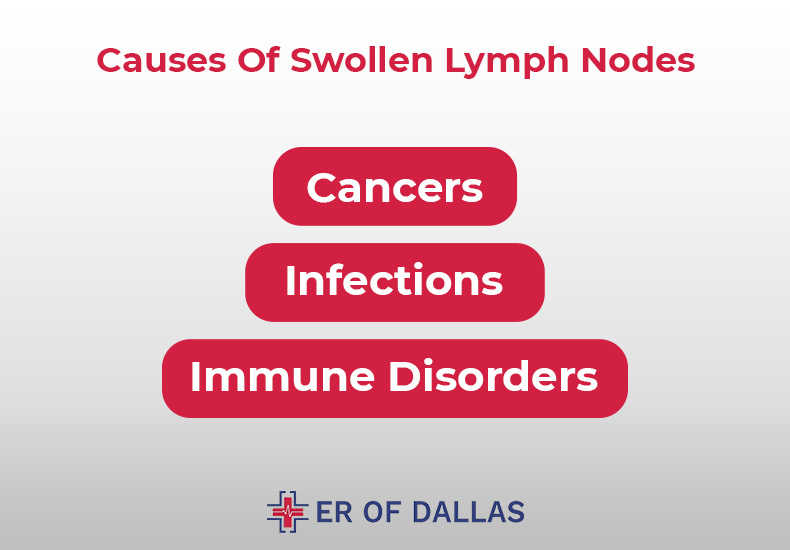
Cancers
Any malignancy can cause lymphadenopathy if cancer cells break off and become lodged in adjacent lymph nodes.
People with lung cancer, for example, usually develop lymphadenopathy in the chest cavity, whereas those with breast cancer usually get swollen lymph nodes in the neighboring armpit.
Before they have a chance to spread, the majority of cancer cells that have escaped are eliminated in the lymph nodes. However, there are instances where cancer overwhelms the lymph nodes, rendering them unable to hold the cells. This is known as metastasis, and it means that the cancer has spread to other places in the body.
Infections
Both chronic (long-lasting and persistent) and acute (sudden and transient) infections can result in lymphadenopathy.
When an infection is acute, the inflammation rises quickly, making the symptoms more apparent. Chronic infections typically have lower levels of underlying inflammation, which may make symptoms less noticeable. However, in both situations, the contrary may also be true.
Among the more prevalent infections linked to lymphadenopathy are:
- Tonsils
- Strep throat
- Measles
- Rubella
- Lyme disease
- Bacterial pneumonia
- Infectious mononucleosis
Immune Disorders
When the immune system unintentionally targets healthy cells and tissues, the result is an autoimmune illness. The immunological attack may occasionally target lymph nodes directly. Other times, neighboring lymph nodes may be impacted by the immunological attack’s inflammation.
The following autoimmune diseases are known to induce lymphadenopathy:
- Lupin
- arthritis rheumatoid
- Sjögren’s syndrome
- sclerosis
- dermatomyositis
- Syndrome of antiphospholipid antibody (AAS)
- Thyroiditis due to Hashimoto’s
Swollen lymph nodes can also be a symptom of sarcoidosis, another illness that is believed to be related to autoimmunity. It is one of a series of granulomatous disorders that result in organs having hardened granules. If the lymph nodes are impacted, they frequently appear matted and stone-like (melded in clusters).
Symptoms of Lymph Nodes
Every illness that affects your lymph nodes has a different set of symptoms. The most typical symptoms, known as lymphadenopathy, are caused by enlarged lymph nodes. Swollen lymph node symptoms include
- Sensitivity or pain in your lymph nodes.
- A swelling or enlargement of the lymph node beneath your skin is called lymph node swelling.
- A runny nose, sore throat, or fever are symptoms of a respiratory infection.
- perspiration, particularly at night.
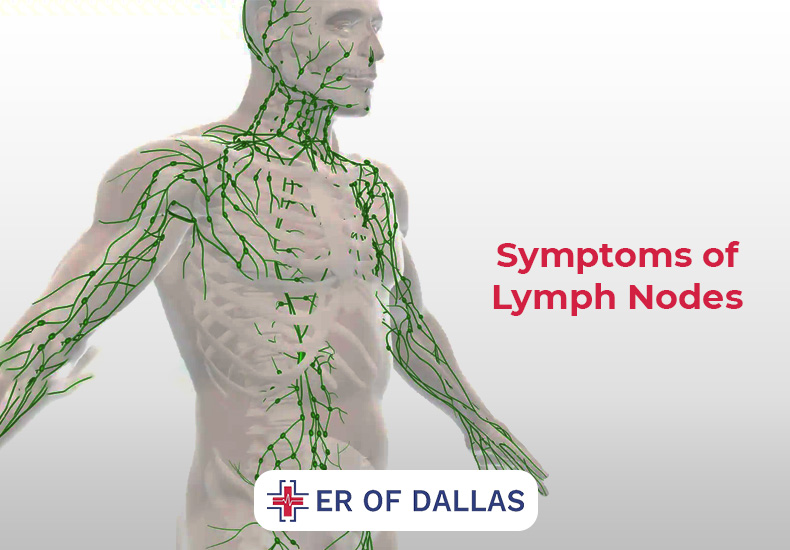
Your body tells you when lymph nodes bulge that an infection or sickness is present. See your healthcare practitioner for an examination if you find that your lymph nodes are growing larger and you are not exhibiting any signs of an infection or disease.
Test to Check the Health of Lymph Nodes
Your physician will use imaging tests such as these to assess the size and condition of your lymph nodes:
- An MRI.
- A PET scan.
- An MRI.
A blood test that counts the number of cells in a sample of your blood is called a complete blood count. This can assist in determining diseases and/or tumors that impact the lymph node cells in your body.
Your doctor may perform a lymph node biopsy, which involves taking a little tissue sample from one of your lymph nodes to look for anomalies in the lymph tissues if you have severe symptoms that affect your lymph nodes.
Treatment of Lymph Nodes
Your healthcare professional will make a diagnosis and recommend a course of action specific to your symptoms. Common lymph node problems can be treated in a variety of ways, such as
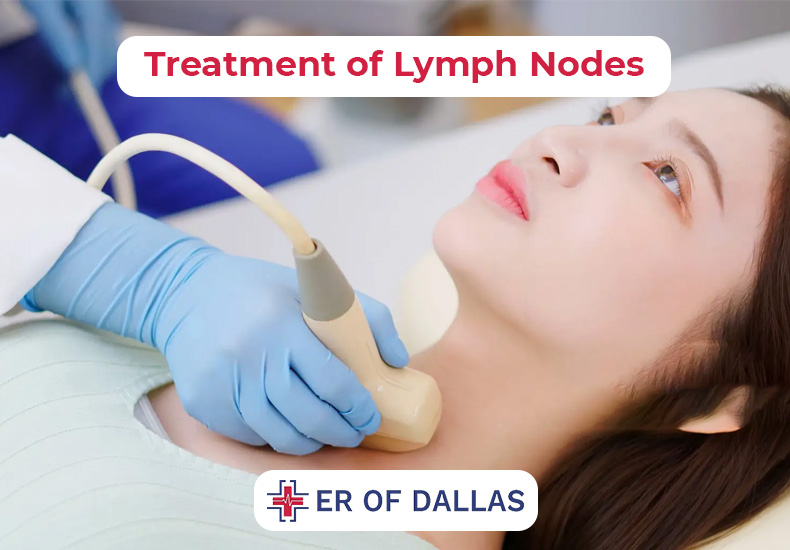
- Antibiotics are taken to treat infections.
- Using an over-the-counter pain reliever or applying a warm compress.
- Receiving immunotherapy, radiation therapy, or chemotherapy for specific types of cancer.
- Taking medication to address the illness that resulted in the swelling of your lymph nodes.
- Surgery to remove lymph nodes that are injured.
What Are Common Conditions That Affect Lymph Nodes?
Your lymph nodes are impacted by several conditions, which include:
- When your immune system is battling an infection or disease (HIV, mononucleosis, wound infection, strep throat), your lymph nodes enlarge (lymphadenopathy).
- Cancers that originate in the lymphatic system are referred to as lymphomas, and they include both non-Hodgkin’s and Hodgkin’s lymphomas.
- A lung condition in which the kidneys, lymph nodes, and lungs all experience uncontrollable cell growth.
- A hereditary disorder known as autoimmune lymphoproliferative syndrome leads to an excess of white blood cells, or lymphocytes, accumulating in the liver, spleen, and lymph nodes.
- An illness called mesenteric lymphadenitis results in the lymph nodes in your belly swelling up and becoming inflamed.
- Kikuchi’s disease is a disorder that results in painful, swollen lymph nodes.
- A collection of illnesses known as “Castleman disease” results in an overabundance of cells in your lymphatic system.
Conclusion
An essential component of your body that filters things to keep you healthy is your lymph nodes. Maintaining optimal health of your body promotes optimal functioning of your lymphatic system and lymph nodes. If you observe that your lymph nodes enlarge or bulge, it may indicate a disease or infection. Speak with your healthcare professional at the Dallas Emergency Room.

